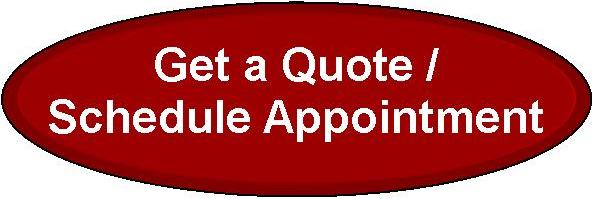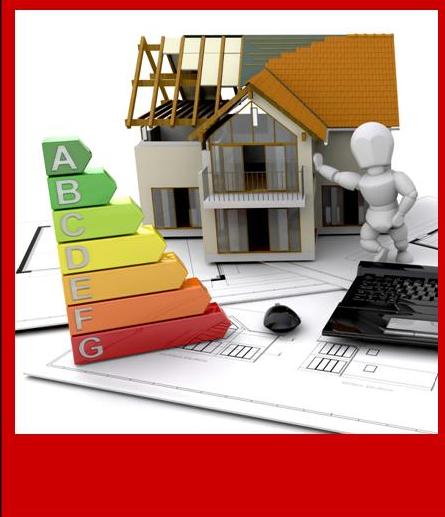Home > Mold Removal
Mold RemovalTo eliminate mold effects, mold spores must be removed. Active, dormant, and dead mold spores retain the mycotoxins that make people sick. Mold cleanup is required by mold removal, such as cleaning or discarding contaminated items.
Mycotoxins (Mold Toxins)It's the coating on mold spores that affects humans, called mycotoxins, which is responsible for the allergenic, pathogenic, and toxigenic effects on us. Basically, mold spores have compounds on them that cause us allergies, makes us sick, or poisons us. Therefore, the only recognized way for us to get healthy is to get away from the mold or get it away from us. Mold Growth StatesMold exists in one of three states at all times: active, dormant, or dead. Active Mold. Mold colonies that are growing are active. The have a food source and there is enough moisture present to keep it growing. Dormant Mold. When the water source dries up, mold colonies don't die. They just wait around for more water to keep growing again. Dead Mold. With a variety methods, mold can be prevented from growing, even when conditions are ripe to support it. Killing Mold Doesn't Help MuchKilling mold is as useless a allowing a dead enemy lay in our streets. The corpse may be unable to willfully attack, but a decaying body is a public health issue. To avoid the issues, the body must be removed and buried. Similarly, making a mold spore incapable of reproducing does nothing to prevent it coatings (mycotoxins) from affecting us. We can be grateful that mold spore won't reproduce, but killing mold does nothing to deal with conditions allowing it to grow in the first place or getting rid of mold out of our house. Mold Removal CriteriaMold removal is needed to eliminate mold health affects. The way mold is removed, depends on what the mold is on, the environmental condition items are located in, and their value.Material Types. One factor of mold removal is the type of material the mold is on: porous, semi-porous, non-porous, and inorganic. Porous Items. Porous items are organic (made from plants), readily absorb water, and is highly susceptible to mold growth. Porous materials are an excellent food source for mold, such as unfinished wood, paper, clothes, and insulation. Semi-Porous Items. Semi-porous materials are also organic, but they absorb moisture slowly and are susceptible to mold growth. Semi-porous materials include hardwood floors and finished furniture. Non-Porous Items. Non-porous items are made of organic materials altered in such a way as to to not absorb moisture easily. Non-porous items include plastic Inorganic Items. The materials are are not made from plants, but rather something else, such as glass and metal. Environmental Condition. Another factor to consider in mold removal is the presence of mold. There are three indoor environmental conditions. Condition 1. Normal mold conditions. Mold spores may present but not growing. It's the environment we want to live in. Condition 2. Settled spores are present. These mold spores spread from a contaminated area and have settled in a previously uncontaminated area. A central heating and air system typically spreads mold spores from contaminated areas to uncontaminated ones. Condition 3. Actual mold growth, including active or dormant mold colonies that are either visible or invisible. Item Value. The other major factor is considering mold removal is the cost to clean it. If the item is worth more than it costs to effectively clean, then it may be kept. Otherwise, it's cheaper to throw it away. Mold Removal MethodsTypical mold removal methods include throwing things away, air-based cleaning, liquid cleaning, and abrasive methods. One or more of these techniques may be used on any particular item Discarding. Some items aren't worth the cost of restoring them, so they're thrown away (by methods that won't contaminate other things in the process). Air-Based Cleaning. Air-based methods include vacuuming and air blasting. Liquid Cleaning. Liquid cleaning methods include immersion, ultrasonic cleaning, damp wiping, steam cleaning, solvents, low pressure flushing, and high-pressure flushing. Abrasive Methods. Abrasive methods include sand blasting, sanding, brushing, and scraping. Mold Removal ProcessThe process of removing mold largely depends where the mold is found and the extent of cleaning required. The building and personal items need to be cleaned.Once the contaminated area is surrounded by a containment barrier, mold removal begins. The entire process is done with an air scrubber constantly cleaning the air of mold spores. Personal Items. Personal property is removed to outdoors or an off-site location for cleaning. Building. Molding building materials are first removed, such as drywall and insulation. Then the structure, walls, ceilings, and floors are usually vacuumed with a HEPA vacuum cleaner, wiped down with an anti-microbial solution, dried, and HEPA vacuumed again. Sometimes the structure is coated with a mold inhibitor. Mold Removal LaborersMold removal is usually done by a professional mold remediation company, but sometimes a homeowner does it. Homeowners. Sometimes, a mold removal can be effectively done by a homeowner. This should only be considered based on do-it-yourself skills; willingness to follow recommendations by IICRC S520, Mold Remediation Standard; availability of equipment; family health; whether the house is being sold; or legal action may be taken. The major reason homeowners elect to do it themselves is cost. Mold removal is not rocket science. Mankind has been doing it forever. However, it is not always prudent to do so. There are a lot of stories that can be told about people who took shortcuts that ultimately proved to be costly mistakes! Professional Mold Remediation. Professional mold removal should be done by a Certified Mold Remediator, and then only by those with the proper business credentials. Be sure to check references. I've ran into to much variance within companies and between companies. Proceed with caution! Mold Removal Proposal AssistanceHome InSight will help you evaluate the technical parts of mold remediation proposals to help you understand what you're getting in to. Our goal is for your house to be restored to livable condition again!
Mold Assessments | Mold Pros | Mold Prevention | Mold Removal
|
|

